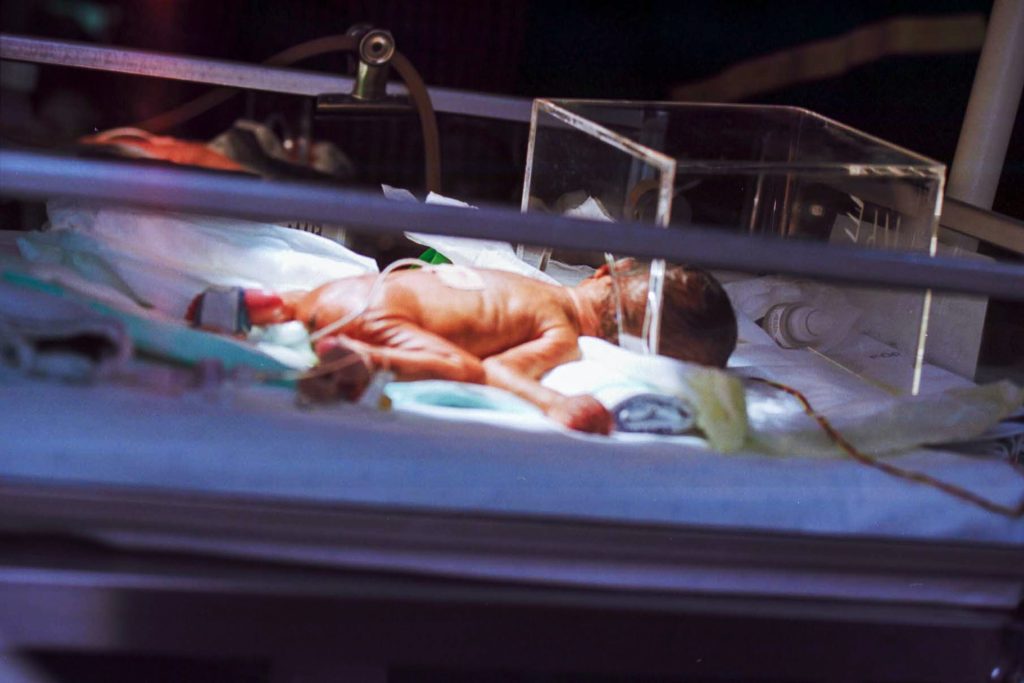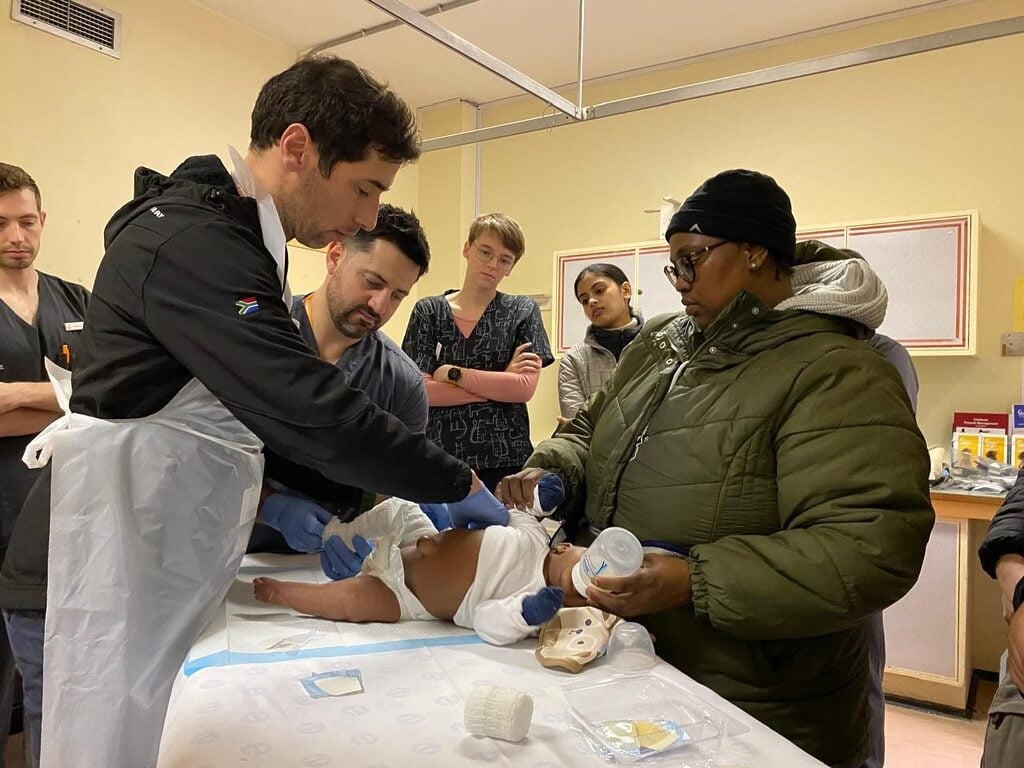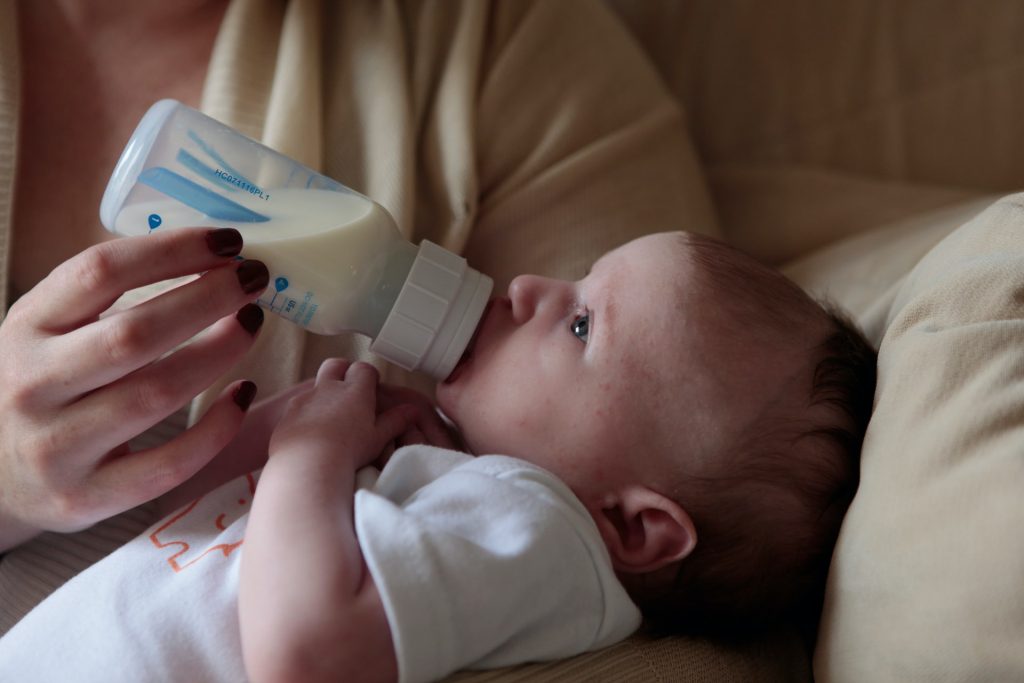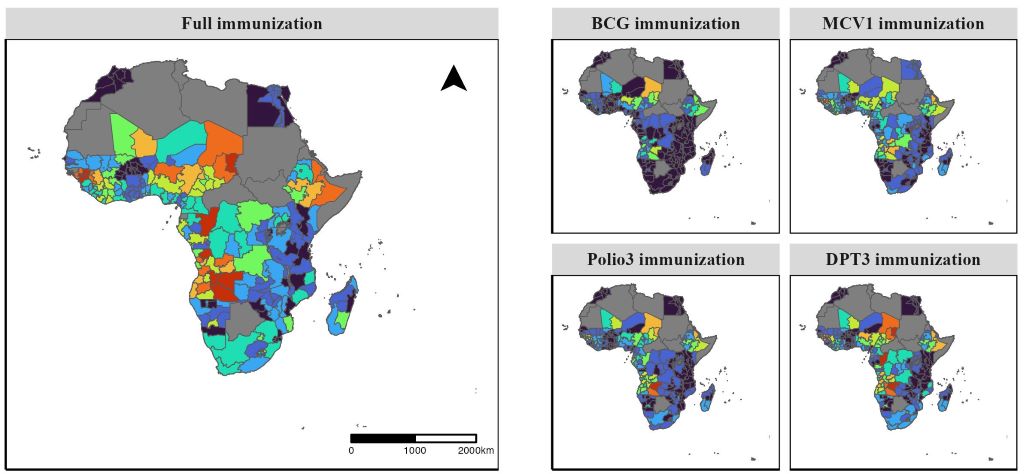Higher Blood Pressure in Childhood Linked to Earlier Adulthood Heart Disease Mortality

Blood pressure matters at all ages. Children with higher blood pressure at age 7 may be at an increased risk of dying of cardiovascular disease by their mid-50s, according to preliminary research presented at the American Heart Association’s Hypertension Scientific Sessions 2025. The study is simultaneously published in JAMA.
“We were surprised to find that high blood pressure in childhood was linked to serious health conditions many years later. Specifically, having hypertension or elevated blood pressure as a child may increase the risk of death by 40% to 50% over the next five decades of an individual’s life,” said Alexa Freedman, Ph.D., lead author of the study and an assistant professor in the department of preventive medicine at the Northwestern University’s Feinberg School of Medicine in Chicago. “Our results highlight the importance of screening for blood pressure in childhood and focusing on strategies to promote optimal cardiovascular health beginning in childhood.”
Previous research has shown that childhood blood pressure is associated with an increased risk of cardiovascular disease in adulthood, and a 2022 study found that elevated blood pressure in older children (average age of 12 years) increased the risk of cardiovascular death by middle age (average age of 46 years). The current study is the first to investigate the impact of both systolic (top number) and diastolic (bottom number) blood pressure in childhood on long-term cardiovascular death risk in a diverse group of children. Clinical practice guidelines from the American Academy of Pediatrics recommend checking blood pressure at annual well-child pediatric appointments starting at age 3 years.
“The results of this study support monitoring blood pressure as an important metric of cardiovascular health in childhood,” said Bonita Falkner, MD, FAHA, an American Heart Association volunteer expert. “Moreover, the results of this study and other older child cohort studies with potential follow-up in adulthood will contribute to a more accurate definition of abnormal blood pressure and hypertension in childhood.” Falkner, who was not involved in this study, is emeritus professor of paediatrics and medicine at Thomas Jefferson University.
The researchers used the National Death Index to follow up on the survival or cause of death as of 2016 for approximately 38,000 children who had their blood pressures taken at age 7 years as part of the Collaborative Perinatal Project (CPP), the largest US study to document the influence of pregnancy and post-natal factors on the health of children. Blood pressure measured in the children at age 7 years were converted to age-, sex-, and height-specific percentiles according to the American Academy of Pediatrics clinical practice guidelines. The analysis accounted for demographic factors as well as for childhood body mass index, to ensure that the findings were related to childhood blood pressure itself rather than a reflection of children who were overweight or had obesity.
After follow-up through an average age of 54 years, the analysis found:
- Children who had higher blood pressure (age-, sex-, and height-specific systolic or diastolic blood pressure percentile) at age 7 were more likely to die early from cardiovascular disease as adults by their mid-50s. The risk was highest for children whose blood pressure measurements were in the top 10% for their age, sex and height.
- By 2016, a total of 2,837 participants died, with 504 of those deaths attributed to cardiovascular disease.
- Both elevated blood pressure (90-94th percentile) and hypertension (≥ 95th percentile) were linked with about a 40% to 50% higher risk of early cardiovascular death in adulthood.
- Moderate elevations in blood pressure were also important, even among children whose blood pressure was still within the normal range. Children who had blood pressures that were moderately higher than average had a 13% (for systolic) and 18% (for diastolic) higher risk of premature cardiovascular death.
- Analysis of the 150 clusters of siblings in the CPP found that children with the higher blood pressure at age 7 had similar increases in risk of cardiovascular death when compared to their siblings with the lower blood pressure readings (15% increase for systolic and 19% for diastolic), indicating that their shared family and early childhood environment could not fully explain the impact of blood pressure.
“Even in childhood, blood pressure numbers are important because high blood pressure in children can have serious consequences throughout their lives. It is crucial to be aware of your child’s blood pressure readings,” Freedman said.
The study has several limitations, primarily that the analysis included one, single blood pressure measurement for the children at age seven, which may not capture variability or long-term patterns in childhood blood pressure. In addition, participants in the CPP were primarily Black or white, therefore the study’s findings may not be generalisable to children of other racial or ethnic groups. Also, children today are likely to have different lifestyles and environmental exposures than the children who participated in the CPP in the 1960s and 1970s.
Study details, background and design:
- 38 252 children born to mothers enrolled at one of 12 sites across the U.S. as part of the Collaborative Perinatal Project between 1959-1965. 50.7% of participants were male; 49.4% of mothers self-identified as Black, 46.4% reported as white; and 4.2% of participants were Hispanic, Asian or other groups.
- This analysis reviewed blood pressure taken at age 7, and these measures were converted to age-, sex-, and height-specific percentiles according to the American Academy of Pediatrics Clinical Practice Guideline for Screening and Management of High Blood Pressure in Children and Adolescents.
- Survival through 2016 and the cause of death for the offspring of CPP participants in adulthood were retrieved through the National Death Index.
- Survival analysis was used to estimate the association between childhood blood pressure and cardiovascular death, adjusted for childhood body mass index, study site, and mother’s race, education and marital status.
- In addition, the sample included 150 groups of siblings, and the researchers examined whether the sibling with higher blood pressure was more likely to die of cardiovascular disease than the sibling with lower blood pressure. This sibling analysis allowed researchers to ask how much shared family and early childhood factors might account for the mortality risk related to blood pressure.
Source: American Heart Association










